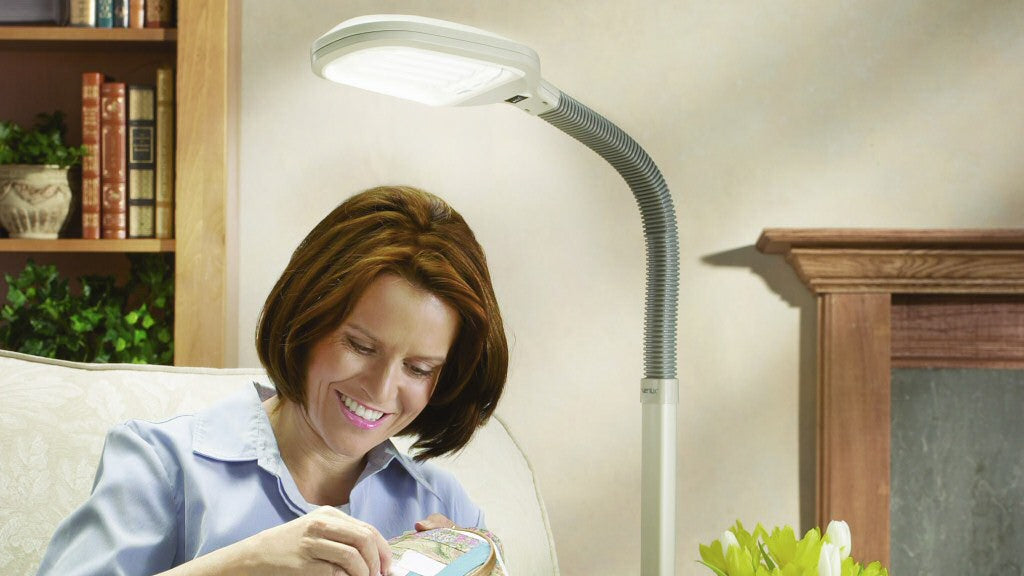
Full Spectrum Light: A Buyer's Guide
Search
What is Full Spectrum Light?
Full-spectrum light covers the electromagnetic spectrum from infrared to near-ultraviolet, basically all wavelengths that are beneficial to plant or animal life. For reference, sunlight is considered full spectrum. Full spectrum lamps simulate the full spectral power distribution range (both visible and ultraviolet) of natural outdoor light.
Full spectrum lighting is most beneficial for those performing tasks reliant on excellent color discrimination: interior design, graphic arts, crafts, sewing, detailed tasks, painting, and any job that requires detailed color separation.
Color Temperature & CRI (Color Rendering Index)


Full spectrum light is simply, simulated sunlight. Full spectrum light optics are best measured using both its color temperature and its CRI number. The Sun at noon has a natural color temperature of approximately 5,500K, and a CRI of approximately 100.
- Color Temperature: Sometimes known as CCT (Correlated Color Temperature), this is the the measurement of warmth and coolness a given light source emits. Full spectrum lamps emulate sunlight by providing a similar Kelvin (K) color temperature range that of natural sunlight. The temperature of mid-day overhead sunlight is approximately 5500K, which is the approximate temperature of full spectrum lamps.
- Color Rendering Index (CRI): CRI is a quantitative measure of the ability of a light source to reveal the colors of various objects faithfully in comparison with an ideal or natural light source. Light sources with a high CRI are best suited to most faithfully represent true colors.
Full Spectrum Light Benefits
- Exceptional color rendering
- Increased brightness for the same luminance
- Increased visual sharpness for the same luminance
- Increased workplace productivity
Full Spectrum Lighting Myths
- More Energy-Efficient. Actually, full spectrum bulbs use more energy than comparable non-full spectrum lamps due to the amount of phosphors used.
- Higher Quality Light. While full spectrum lighting excels at color quality, there are other factors to consider such as contrast, uniformity, and glare.
- Healthier Lighting. There is no evidence that full spectrum lighting provides any health benefits, however light box therapy, which is not necessarily full spectrum, is a proven medical treatment for SAD.
Seasonal Affective Disorder (SAD) & Phytotherapy
Seasonal Affective Disorder is a disorder that is brought on by a change in seasons, or a decrease in exposure to natural sunlight. SAD's symptoms include loss of energy, moodiness, and in some cases severe depression. Phytotherapy, or the use of light boxes which emulates natural sunlight, can be a beneficial natural remedy for SAD, according to many behavioral experts including the Mayo Clinic. SAD affects half a million people every winter between September and April, peaking in December, January, and February. The “Winter Blues,” a milder form of SAD, may affect even more people..
Winter-onset SAD symptoms may include:
- Irritability
- Decrease in energy
- Depression
- Hypersensitivity
- Heavy feeling in the arms or legs
- Oversleeping
- Appetite changes
- Weight gain
Summer-onset SAD symptoms may include:
- Depression
- Insomnia
- Weight loss
- Decreased appetite
- Anxiety
Causes of SAD
- Circadian rhythm/internal clock Reduced sunlight in fall and winter may cause winter-onset SAD. A decrease in sunlight may affect your body's internal clock and cause feelings of depression.
- Lower Serotonin levels. Decreased serotonin, a neurotransmitter that affects mood, may play a role in SAD. Lack of sunlight can cause a drop in serotonin that may bring on depression.
- Lower Melatonin levels. Seasonal change can disrupt the balance of the body's melatonin levels, which may play a role in sleep patterns & mood.
Risk factors of SAD
- Females. SAD occurs more often in women than in men, but men may exhibit more-severe symptoms. 75% of diagnosed SAD cases involve women.
- Age. Young people have a higher risk of winter SAD, and winter SAD is less likely to occur in older adults. SAD onset is most likely in those age 18-30.
- Family history. People with SAD may be more likely to have blood relatives with SAD or another form of depression.
- Clinical depression or bipolar disorder. Depression symptoms may worsen seasonally if you have these conditions.
- Distance from the equator. SAD is most common among those who live beyond 30° north or south of the equator.
Treatment of SAD
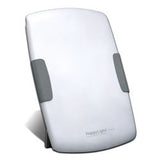
There are three commonly accepted methods for treating SAD; phytotherapy, psychotherapy, and medications. A combination of these therapies may be needed in some cases, but in others, phytotherapy may be sufficient. Phytotherapy, or light therapy suppresses the brain’s secretion of melatonin. Light therapy has been shown to be effective in up to 85 percent of diagnosed cases. Patients use full spectrum light up to ten times the intensity of normal domestic lighting up to four hours a day, but may carry on normal activities such as eating or reading while undergoing treatment. The device most often used today is what is referred to as a Light Box, or a bank of white fluorescent lights on a metal reflector and shield with a plastic screen.10,000 LUX of healthful, full spectrum light is what the National Institute of Mental Health recommends for treating Seasonal Affective Disorder (SAD).
Disclaimer: LampsUSA doesn't endorse any specific treatments or services. It is not our intention to provide specific medical advice, rather to provide those interested with information to help them better understand their health and, to find the treatment that works best for them.
Resources:
"Seasonal Affective Disorder" Mayo Clinic. Cited on July 7, 2015: http://www.mayoclinic.com/health/seasonal-affective-disorder/DS00195
"Seasonal Affective Disorder (SAD)" Mental Health America. Cited on July 7, 2015: http://www.nmha.org/go/sad
No other kind of light can compare to natural spectrum light – that is, the light that comes from the sun. However, man-made full spectrum light bulbs effectively mimic natural full spectrum lighting, allowing you to enjoy it even when the sun does not decide to shine on a given day. The best way to enjoy this type of light is with a full spectrum lamp.
Other Reasons to Use Full Spectrum Lamps
Great for reading and crafts. One of the best features of a full spectrum lamp is that its head can be turned and adjusted so you can just direct it to properly light up whatever you are working on. It gives you a crispier look at words and colors.
- Perfect for people with eye problems. The aging process changes how we see things. The older we get, the more we suffer from eye strain due to glaring lights.
- Good for pets and plants. Because such lighting mimics the light emitted by the sun, this is the perfect kind to illuminate your pet fish, bird, and any other kind of animal living indoors. This will also be good for your indoor plants.
Now that you know how these non-glaring light fixtures can be used for performing your routine day to day tasks or helping out with the seasonal blues, it’s time to know how to buy a full spectrum light. You have to find good lighting that is safe, easy on the eyes, and comfortable as you do your daily chores. Although it can cost more than other kinds of lamps, the benefits of full spectrum lighting definitely make up for its price.
Getting to know full spectrum lights
Otherwise known as “daylight” lighting, a full spectrum light has a very high color temperature, approximately the kind that you see on a bright and sunny day. It ranges from 5000K to 6000K and can be a very pronounced blue. It used to be lighting that is considered too harsh for the indoors but there are already variations that are good enough to be installed in homes and offices.
Consider the full spectrum index (FSI)

The full spectrum index provides an analysis of the peaks and troughs given by the SPD. It then comes up with an average. The average gives the lamp its score.
Consider a full spectrum lamp with a low score to be the best choice, as it has an even distribution of wavelengths.
Ideally, lamps with scores of 2.0 or less are the “true blue” full
Determine approximate lumens
The lumen is a measure of the total amount of light that is emitted by a source. This is often used along with wattage to determine the luminous efficiency of a light.
The more lumens, the brighter the light source is.
Full spectrum lights can range from 2000 to 2500 lumens.
Check the energy efficiency

- Be sure to find a full spectrum lamp that possesses the qualities mentioned above and is also energy-efficient.
- An energy efficient full spectrum lamp can illuminate your home without using much energy.
Yes, buying a full spectrum light is an investment but looking at it long term, consider the mental health benefits, their usefulness for reading and crafts, and the long-lasting nature of a full spectrum light bulb. When considering all the factors, it becomes a worthwhile investment!. Also, throw in the fact that full spectrum light bulbs often uses less energy. Over time, this makes for an investment that will pay you back! Whether you’re searching for the perfect lamp shade, table lamp, or a grand chandelier, Lamps USA has buyer’s guides and great products to light every room of your home.
Explore Topics

Table of Contents
Full Spectrum Light: A Buyer's GuideFull Spectrum Light BenefitsFull Spectrum Lighting MythsSeasonal Affective Disorder (SAD) & PhytotherapyCauses of SADRisk factors of SADTreatment of SADOther Reasons to Use Full Spectrum LampsGetting to know full spectrum lightsConsider the full spectrum index (FSI)Determine approximate lumensCheck the energy efficiencyCommentsShopping Ideas
Trending
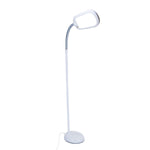
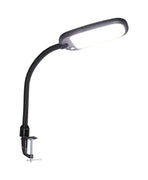





















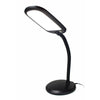







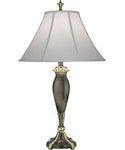
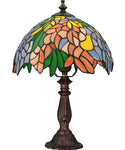
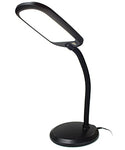
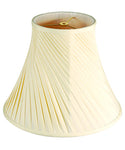


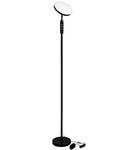
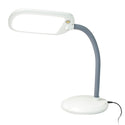
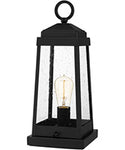
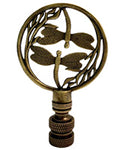
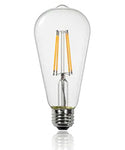
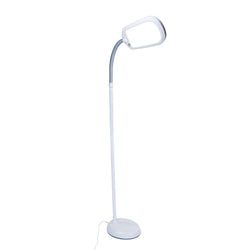
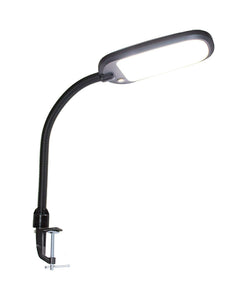
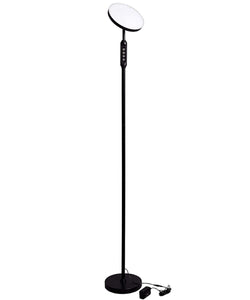

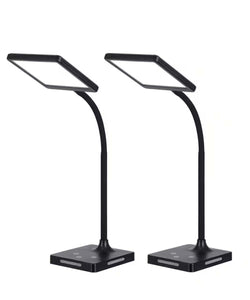
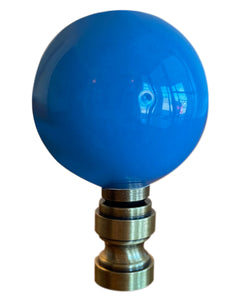

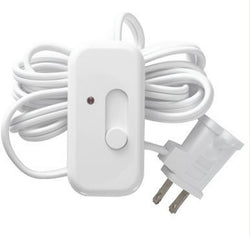
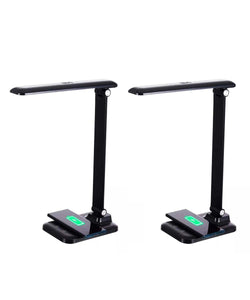
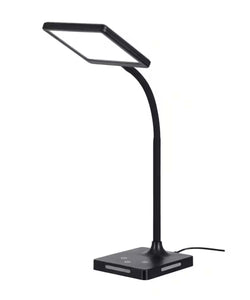




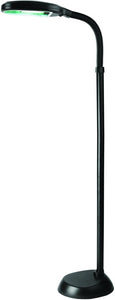

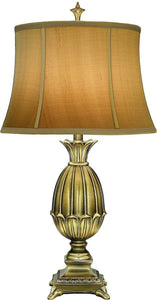



Comments